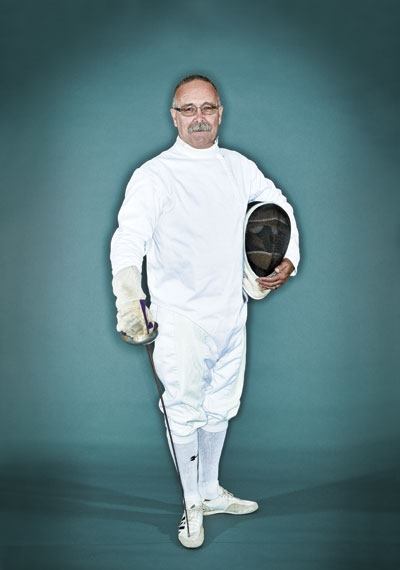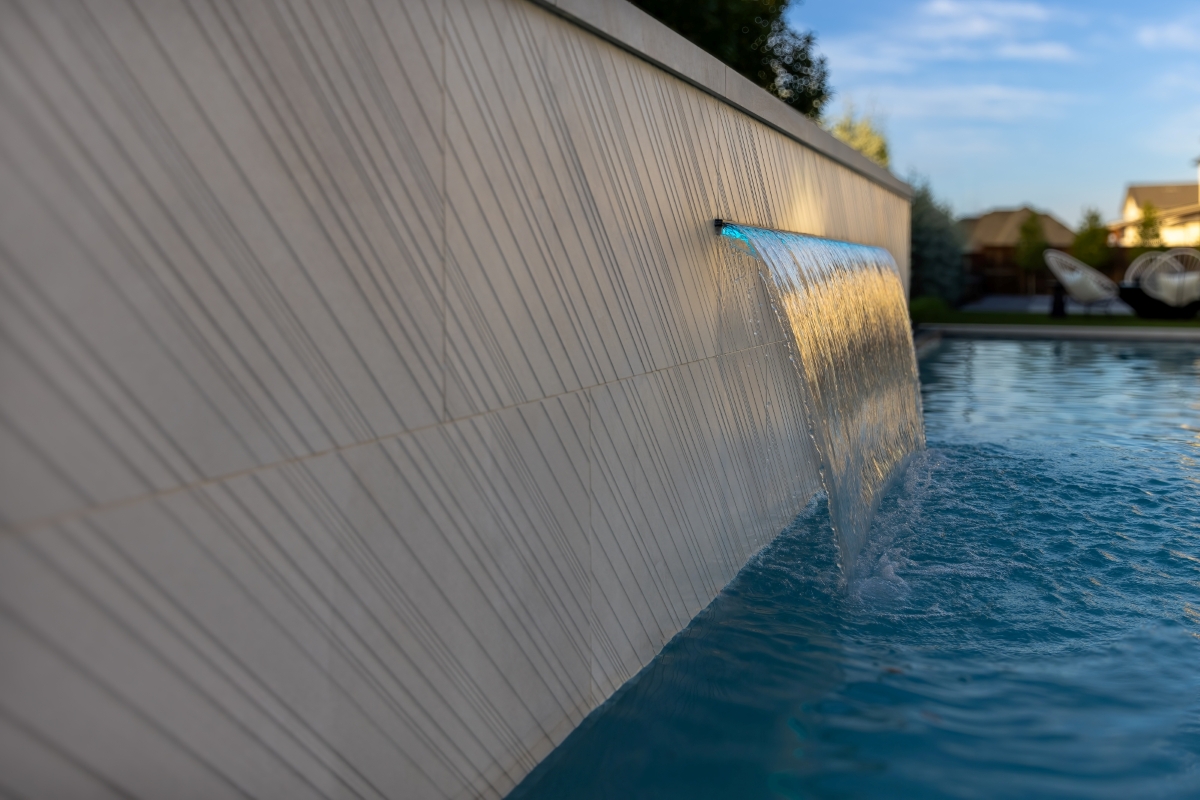Some suggest Jeff McGalliard must have been a pirate or a musketeer in a past life because how else could the veteran fencer explain his natural ability for the age-old sport? Despite the romantic notion, the president of JMK Plastering in Souderton, Pa. has a much more reasonable explanation. “I’ve always liked those ‘Zorro’ movies,” says McGalliard, who has been competing and instructing for 22 years. “It goes back to Errol Flynn. He was really fencing. It was choreographed but they were actually doing it.”
Sword fighting as a sport has existed since ancient Egypt, but the rules of modern fencing originated in Spain during the 15th century. After growing in popularity throughout Europe for hundreds of years, fencing was brought to the United States in the 1800s. The sport was part of the first Olympic Games in the summer of 1896 and has appeared in every games since.
McGalliard ’s opportunity to learn the sport came in 1990 when the fencing school Circle D’Escrime opened a few blocks from his home. He immediately found pleasure in fencing’s emphasis on skill and mental stimulation, but equally was drawn to its uniqueness.
“It wasn’t the normal sport, and I like to do things differently,” he says. “You have to think and you have to be athletic. You have to be able to move on the strip and be able to know what your opponent is doing.”
McGalliard jumped into a regular schedule training least twice a week, eventually competing on a local and state level. He ultimately was qualified enough to dual against several leading fencers, including former Olympians Tamir Bloom and Dave Micahnik.
“It’s always fun to see how you progress and what you can do against some of the top-level fencers,” he says. “The nice thing was I was actually able to score touches on some of them.”
These days, McGalliard has less time to dedicate to duels and doesn’t compete nearly as often as in the past. A couple of years ago, he expanded his pool construction and service firm to include a retail store. He also is a member of NESPA and is the chair of the Philadelphia Division on U.S. Fencing. Even with such a busy schedule, he still is able to squeeze in some coaching. Like McGalliard, many of his pupils discovered fencing by watching movies, so he can easily relate to their curiosity.
“It’s lots of fun getting them interested in the sport and then see them a year later and see how they are doing,” he says.
McGalliard has also coached his daughter, Amanda, who went on to rank in the top eight of U.S. fencers during the mid-1990s, proving the skill was part of the family’s genetic make-up. McGalliard’s memories of training his daughter — particularly in preparation for her appearance at the 1995 Junior Pan American Games — are some of the fondest he has of the sport.
Teaching a young girl to fence may seem surprising to some. To those not familiar with fencing, it appears violent. On the contrary, McGalliard says it’s a “very gentlemanly” sport that follows a strict set of rules. In addition to certain codes of conduct, such as the salute before each match, there is plenty of protective gear.
Etiquette and precautions aside, McGalliard says that fencing is a great way to let off steam after work.
“If you’ve had a frustrating day you are legally allowed to fight someone,” he explains.
Not surprisingly, McGalliard also has applied the principles of fencing to his own business. One important element of fencing is analyzing and reacting to the opponent.
“You have to learn to think on your feet so can react to what opponent does,” he explains. “When you’re talking to a customer, you learn to listen. Some people go in and sell what they think the customer wants, but this helps me focus on what the customer is saying,” he explains.
Much like the swimming pool industry, the best fencer is not always the biggest or the strongest, he adds.
“Technique is always going to win over brute strength,” he notes.
En Garde
- The three weapons used in fencing are the foil (a light thrusting weapon used to target the torso), sabre (a thrusting and cutting weapon that strikes the entire body above the waist with the exception of the hands, it is a modern version of the cavalry sword) and epee (a descendent of the dueling sword, this heavier weapon targets the entire body for a touche).
- A weapon’s tip is the second-fastest moving object in sports, next to the marksman’s bullet.
- A fencing match takes place on a piste or strip measuring 14 meters by 2 meters. The area is meant to replicate the confined spaces where duels once took place, such as a castle hallway.
- A masters championship bout in New York during the 1930s lasted for seven hours, prompting a time limit to be enforced. Today, a five-touch bout lasts three minutes and a 15-touch bout is limited to nine.



